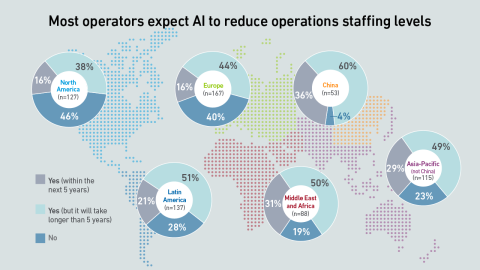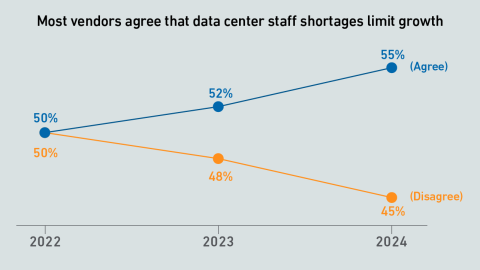This report highlights some of the findings from the Uptime Institute Capacity Trends and Cloud Survey 2024. In particular, this report offers an insight into what drives migration to and from the public cloud.
filters
Explore All Topics
The emergence of the Chinese DeepSeek LLM has raised many questions. In this analysis, Uptime Intelligence considers some of the implications for all those primarily concerned with the deployment of AI infrastructure.
Operators and investors are planning to spend hundreds of billions of dollars on supersized sites and vast supporting infrastructures. However, increasing constraints and uncertainties will limit the scale of these build outs.
AI infrastructure increases rack power, requiring operators to upgrade IT cooling. While some (typically with rack power up to 50 kW) rely on close-coupled air cooling, others with more demanding AI workloads are adopting hybrid air and DLC.
Power remains the top spending priority for most operators in 2025, but enterprises are set to increase IT hardware spending.
The EU's NIS 2 directive requires all organizations operating in Europe to comply with 10 essential cybersecurity measures, but many data center operators remain unprepared.
Uptime Institute's 2024 Capacity Trends and Cloud Survey (n=770) benchmarks data center capacity trends and looks at IT growth rates and how operators are adding data center capacity by building new and/or expanding existing facilities. The survey…
Cloud providers need to win AI use cases in their early stages of development. If they fail to attract customers, their AI applications may be locked-in to rival platforms and harder to move, which can have serious repercussions.
The cost and complexity of deploying large-scale GPU clusters for generative AI training will drive many enterprises to the public cloud. Most enterprises will use pre-trained foundation models, to reduce computational overheads.
Uptime Institute's 2024 Data Center and IT Spending and Supply Chain Survey (n=878) focuses on data center spending and budgets, as well as plans going forward and data center supply chains.The attached data files below provide full results of the…
The number of proposals for new hyperscale-size data centers have reached new heights in 2024. Those that are built will require huge investment and resources - but many proposals will fail to move forward.
Data center operating and capital costs have been rising strongly in recent years - and will almost certainly continue to do so. Sooner or later, those in the IT supply chain will need to deliver their backers a return on investment.
The UK has become the latest nation to classify data centers as part of the critical national infrastructure. But for data center operators, is this a welcome move?
This report provides a regional view of the results from the Uptime Institute Global Data Center Survey 2024 and highlights some of the different challenges and strategies of data center owners and operators across the globe.
The main challenges facing their customers, according to suppliers that responded to the Global Data Center Survey 2024, is predicting future data center capacity and the impact that staffing shortages will have on capacity growth.
 Rose Weinschenk
Rose Weinschenk
 Douglas Donnellan
Douglas Donnellan
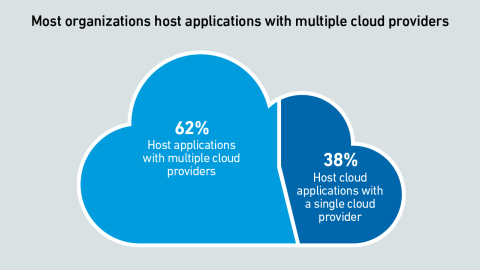
 Andy Lawrence
Andy Lawrence
 Daniel Bizo
Daniel Bizo
 Max Smolaks
Max Smolaks

 John O'Brien
John O'Brien

 Dr. Tomas Rahkonen
Dr. Tomas Rahkonen


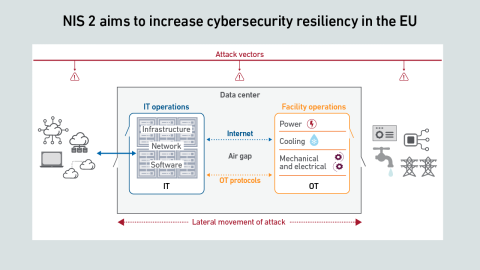
 Anthony Sbarra
Anthony Sbarra
 Laurie Williams
Laurie Williams
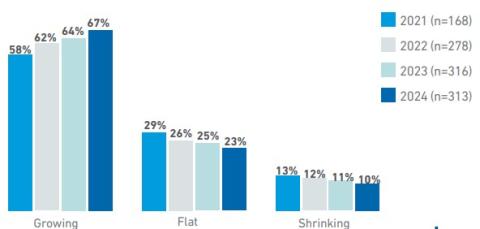
 Dr. Owen Rogers
Dr. Owen Rogers


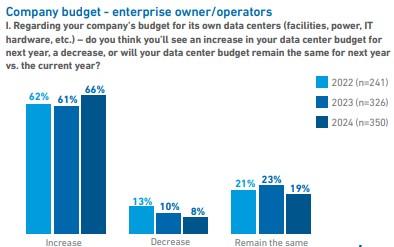
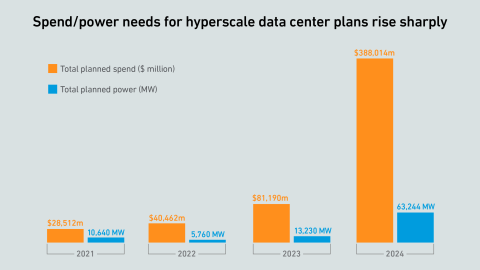

 Peter Judge
Peter Judge

